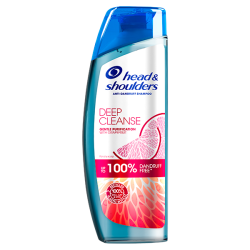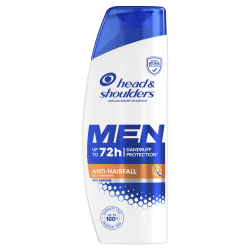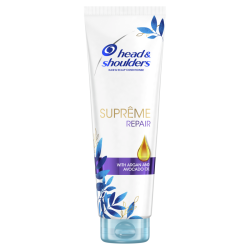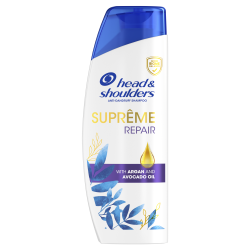Tinea capitis: what is tinea capitis?
Tinea capitis is also known as scalp ringworm, but what does that actually mean, and how do you know if you have it? Read on to find out.
There are several forms of the problem that is tinea capitis. Related conditions include skin ringworm and athlete's foot.
Despite its common name – ringworm – it is actually caused by a mold-like fungus. It’s not a worm at all. The condition occurs when the fungus invades your hair shaft, damaging both your hair and scalp.
TINEA CAPITIS: WHAT TO EXPECT
Tinea capitis is contagious, and can be contracted from other people, animals or even objects that have come in contact with the fungus.
You’re more likely to get tinea capitis if you:
Have minor skin or scalp injuries
Don’t wash your hair and scalp often enough
Have wet skin for long periods or sweat often
Once you have ringworm, you can expect symptoms that can include:
Bald spot(s) with black dots where hair has broken off
Round areas of scaly skin that become red and inflamed
Tender and painful areas on your scalp
Itchy scalp and hair loss
Swollen lymph glands at the sides & back of neck
Not fun at all. Luckily, there is something you can do about it.
TREATING TINEA CAPITIS
If you suspect you have tinea capitis, see your doctor immediately. They will be able to prescribe an anti-fungal treatment for you.
Usually, this will be in the form of oral medicine that kill the fungus. It’s also a good idea to ask for an anti-fungal shampoo, as this will help stop the spread of tinea capitis to others.
It’s important to note that the shampoo by itself won’t cure the problem – for that you’ll still need to take oral medication.
TINEA CAPITIS OR DANDRUFF?
Dandruff and tinea capitis share many common traits, but they are very different conditions.
Itchy scalp, scaly irritated skin, inflammation on the head. These symptoms describe both dandruff and tinea capitis.
But as much as they are alike, there is a lot that separates them.
WHAT IS DANDRUFF?
Dandruff is caused by the Malassezia globosa fungus. This yeast-like fungus is present on all of our bodies, living atop the skin and doing nothing more harmful than consuming the natural oils from our skin.
Unfortunately, one of the by-products of Malassezia globosa’s diet is oleic acid. A large portion of the human population is sensitive to oleic acid, so its presence triggers symptoms that include:
itching
dry flakes in the hair and on the scalp
a red, irritated scalp
Happily, treating dandruff isn’t too hard. Using a dandruff shampoo regularly – ideally every wash, but at least twice a week- is all it takes to fight dandruff and keep it away in the future.
Tinea capitis, on the other hand, is not so forgiving. Like dandruff, tinea capitis is caused by a fungus.
Unlike Malassezia globosa, tinea capitis is a fungal infection of the top layer of skin and can be contracted through contact with others suffering from the problem. This includes other people, animals, or even objects that have come into contact with those suffering from it.






